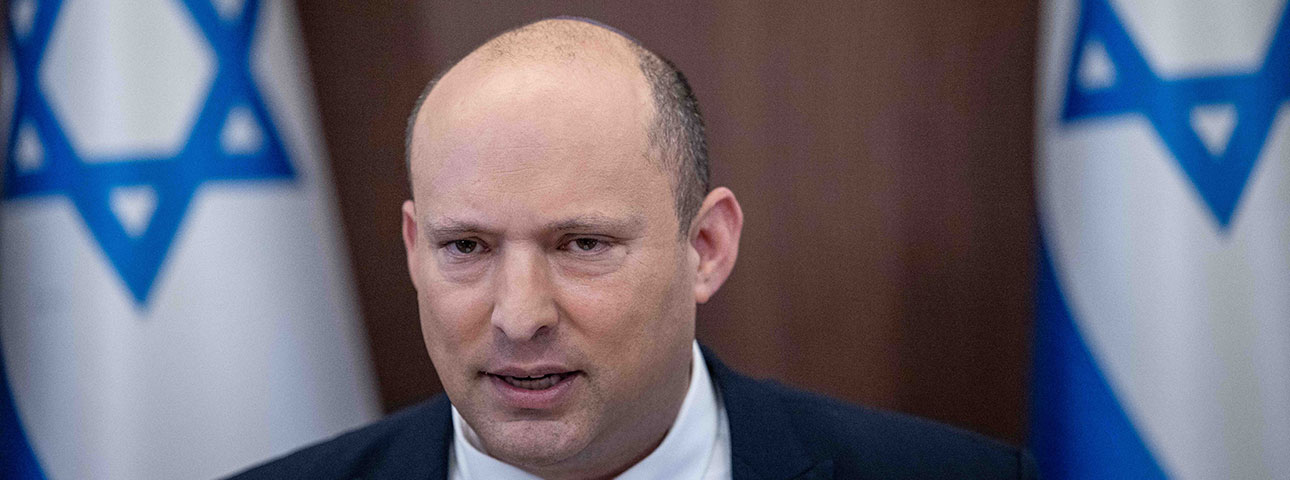An Israeli Government with 59 MKs?
Following the announcement by MK Ghaida Rinawie Zoabi that she no longer views herself as a member of the governing coalition, Dr. Assaf Shapira, Director of the Political Reform Program at the Israel Democracy Institute, examined the three instances in which a minority government of 59 MKs served in Israel.

Shutterstock
• The 24th government, led by Prime Minister Yitzhak Shamir, was formed after the “stinking maneuver” in June 1990 when Shimon Peres attempted, and failed, to form an alternate government with the ultra-Orthodox parties. The coalition factions initially included 59 MKs, with outside support of 2 MKs from the Moledet party. But already in July of that year, Ephraim Gur joined the coalition and then in November Agudat Israel joined, and the government once again held a majority in the Knesset.
• The 25th government, led by Prime Minister Yitzhak Rabin, was established with the support of 62 MKs. After Shas quit the coalition in the summer of 1993, it became a minority government of 56 MKs, with the support of 5 MKs from the factions representing Arab society. In January 1995, three MKs from the Yaud faction which had split from the Tzomet party, joined the coalition. At that time, the government became a minority government of 59, with outside support from the factions representing Arab society.
• The 30th government, the second government led by Prime Minister Ariel Sharon - became over a period of time a minority government of 59 MKs. This occurred, after the right-wing factions quit the coalition due to the Gaza Disengagement plan and when the Shinui party quit due to issues religion and state. At that point the coalition consisted of 19 MK from the Likud (who were not all loyal to the government ) and 19 from the Labor-Meimad party. This was the reality from January 2005 until March 2005, when Degel HaTorah and Agudat Yisrael joined the coalition.
